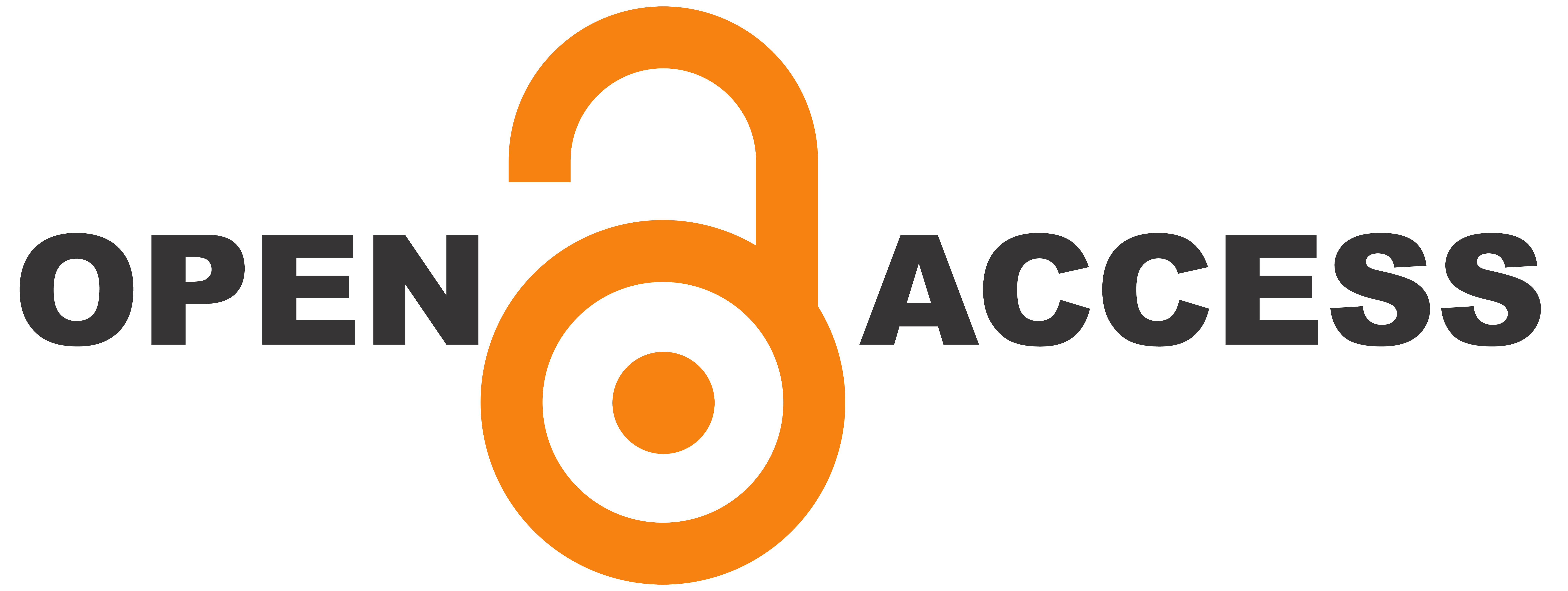AUTOMATIC COUNTING OF COLONY FORMING UNITS IN SAMPLES OF TENDERLOIN USING OPENCV LIBRARY
DOI:
https://doi.org/10.18011/bioeng2018v12n2p197-211Keywords:
Precision Animal Production, Meat Quality, Image Processing, AutomationAbstract
Meat is a good medium for the multiplication of microorganisms and can be contaminated during raw material acquisition, processing, storage, transport or preparation. Routinely hundreds of petri dishes are used for inspection of food products in laboratories where trained technicians perform counting of the colony forming units on these plates. Like any repetitive task, this analysis is susceptible to human failures and requires a reasonable amount of time. The objective of this work was to develop a simple algorithm that does not depend on controlled lighting, to perform the automatic counting of colony forming units in samples of tenderloin. The algorithm was developed using the Python v2.7 programming language and the OpenCV v3.0 image processing library. The average error in automatic counting was 7.7% for the 40 plates processed. No significant contaminations were found in the analyzed bovine cuts. The average time used in the counting by the visual and automatic method was 44.6 and 2.07 seconds, respectively. The developed system presented promising initial results. Non homogeneous illumination, irregular shape and contact between colonies have a strong impact on the results.
Downloads
References
ABIEC - Associação Brasileira das Indústrias Exportadoras de Carne. Exportação de carne bovina do Brasil. Disponível em: < http://www.abiec.com.br/download/exportacoes-jan-dez-2016.pdf> Acesso em: 11 maio de 2017.
ALVES, G. M. Método fundamentado em processamento digital de imagens para contagem automática de unidades formadoras de colônias, 2006. 125 f. Dissertação (Mestrado em Ciências Exatas e da Terra) - Universidade Federal de São Carlos, São Carlos, 2006.
BRADSKI, G.; KAEBLER, A. Learning OpenCV: Computer vision with the OpenCV library. O'Reilly Media, 1ed, 2008. 575p.
CAMPOS, G. F. C. Sistema robusto de visão computacional para segmentação da gordura da carne. 2014. 58p. Monografia em Ciência da Computação, Universidade Estadual de Londrina, Londrina, 2014.
CAPTA, R.; ALONSO-CALLEJA, C.; GARCÍA-ARIAS, M.T.; GARCÍA-FRENÁDEZ, M.C.; MORENO, B. Aspectos de intés em la calidad microbiológica de la carne de pollo. Eurocarne, v.9, n.73, p.73-86, 1999.
CNA - Confederação Nacional da Agricutura e Pecuária. Disponível em: < http://www.cnabrasil.org.br > Acesso em: 11 maio de 2017.
DOWNES, F. P.; ITO, K. Compendium of methods for the examination of foods. American Public Health Association, 2ed, Washington:APHA, 2001. 600p.
FONTOURA,C.L; ROSSI JÚNIOR, O.D.; MARTINELI, T.M.; CERESER, N.D. Estudo microbiológico em carcaças bovinas e influência da refrigeração sobre a microbiota contaminante. Arquivos do Instituto Biológico, São Paulo, v.77, n.2, p.189-193, abr./jun., 2010.
FUNG, D.Y.C.; KASTNER, C.L.; HUNT, M.C.; DIKEMAN, M.E.; KROPF, D. Mesophilic and psychrotrophic bacteria population on hot-boned and conventionally processed beef. Journal Food Protection, v.43, p.547-550, 1980.
GONZALEZ, R. C.; WOODS, R. E. Processamento digital de imagens. Prentice Hall, 2ed, 2002. 190p.
IBGE - Instituto Brasileiro de Geografia e Estatística. Introdução ao processamento digital de imagens. Manuais Técnicos em Geociências n.9, 2001. 91p.
ISMAIL, A. H.; MARHABAN, M.H. A Simple Approach to Determine the Best Threshold Value for Automatic Image Thresholding. Disponível em: < https://www.researchgate.net/publication/251921839_A_simple_approach_to_determine_the_best_threshold_value_for_automatic_image_thresholding> Acesso em: 18 maio de 2017.
JAY, J. M. Microbiologia de alimentos. Artmed, 6ed, 2005. 711p.
KOENIGKAN, V. L. Método para Análise do Contorno de Aglomerados de Gotas de Chuva
Artificial em Imagem Digital. 2005. 142p. Dissertação de Mestrado, Universidade de São Paulo, São Carlos, 2005.
LOPES, L. P.; VILLAÇA, M.V.M. Sistema Microcontrolado de Aquisição e Tratamento de Imagem para Contagem Automática de Colônias de Bactérias. Revista Ilha Digital, v.1, p. 31-41, 2009.
MARTINS, A. P. ; PIZOLATO JUNIOR, J. C. ; BELINI, V. L. Monitoramento da taxa de crescimento de colônias de Saccharomyces Cerevisiae. In: VIII Workshop de Visão Computacional, 2012, Góias-GO. VIII Workshop de Visão Computacional, 2012.
OSOWSKY, J. Sistema Automatizado para Contagem de Colônias Através de Processamento Digital de Imagem. 1999. Dissertação de Mestrado, Programa de Pós-Gradua-
ção em Engenharia Elétrica e Informática Industrial, CPGEI/CEFET, Curitiba, 1999.
OTSU, N. A threshold selection method from gray-level histograms. IEEE Transactions on
Systems, Man, and Cybernetics. v.9, n.1, p. 62-66, 1979.
OYAMA, P. I. C. Método para classificação de café em grãos por imagens digitais pelo uso de atributos selecionados de morfologia, cor e textura. 2014. 150p. Dissertação (Mestrado em Processamento de Sinais de Instrumentação) - Escola de Engenharia de São Carlos, Universidade de São Paulo, São Carlos, 2014.
PLOTZE, R. O. Identificação de especies vegetais atraves da analise da forma interna de órgãos foliares. 2004. 169p. Dissertação de Mestrado, Universidade de São Paulo, São Carlos, 2004.
RODRIGUES, V.C. Distribuição espacial e bem-estar de aves poedeiras em condições de estresse e conforto térmico utilizando visão computacional e inteligência artificial. 2006. 101p. Dissertação de Mestrado, Universidade de São Paulo, Piracicaba, 2006.
SCHOWENGERDT, R. A. Remote sensing: models and methods for image processing. Acedemic Press, 3ed, 1997. 522p.
SEZGIN, M.; SANKUR, B. Survey over image thresholding techniques and quantitative performance evaluation. Journal of Electronic Imaging, v.13, n.1, p. 146-165, 2004.
SOBEL, I.; FELDMAN, G. "A 3x3 Isotropic Gradient Operator for Image Processing", presented at the Stanford Artificial Intelligence Project (SAIL) in 1968. Disponível em: <https://www.researchgate.net/publication/239398674_An_Isotropic_3_3_Image_Gradient_Operator> Acesso em: 18 maio de 2017.
Downloads
Published
How to Cite
Issue
Section
License
Copyright (c) 2018 The Authors

This work is licensed under a Creative Commons Attribution 4.0 International License.
By publishing in this journal, authors agree to the following terms:
a) Authors retain copyright and grant the journal the right of first publication. The work is simultaneously licensed under the Creative Commons Attribution License, which permits sharing and adaptation of the work with appropriate credit to the authors and the journal.
b) Authors may enter into separate, additional agreements for non-exclusive distribution of the published version of the work (e.g., posting to an institutional repository or inclusion in a book), provided that proper credit is given to the original publication in this journal.









